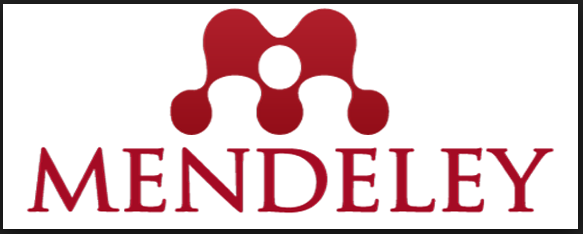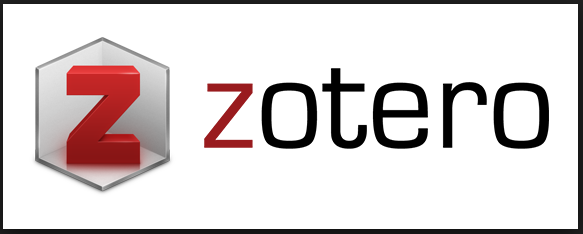Quick of Blood Sebagai Salah Satu Faktor yang Mempengaruhi Tercapainya Adekuasi Hemodialisa
DOI:
https://doi.org/10.30989/hbj.v1i2.1171Keywords:
Adequacy, Chronic Kidney desease, Hemodialysis, Quick of BloodAbstract
Introduction. Hemodialysis therapy is a kidney replacement therapy that functions to remove metabolic waste resulting from kidney damage. The hemodialysis dose is adjusted to the patient's needs. One of the factors that influence the achievement of adequacy is quick blood flow (Qb). The higher the Qb, the more adequacy will be achieved, but it is not yet known how much Qb speed influences the achievement of hemodialysis adequacy. This research aims to determine the relationship between quick blood flow and hemodialysis adequacy.
Method. This research uses descriptive analytical methods with a cross-sectional approach. The population in this study was 133 patients undergoing hemodialysis at the Indramayu District Hospital and a sample of 44 respondents using a purposive sampling technique. This research instrument uses an observation sheet and data is analyzed using the chi-square test.
Result. The average quick of blood for patients was 270.57 ml/minute. A total of 24 (54.5%) respondents had Qb ? 270.57 ml/minute and 24 (54.5%) respondents achieved adequacy. The results of further analysis obtained a p-value of 0.029 (? < 0.05), meaning that there was a relationship between quick blood flow and hemodialysis adequacy in chronic kidney failure patients in the Hemodialysis Room at Indramayu District Hospital.
Conclusion. Quick of blood is related to hemodialysis adequacy. Suggestions are aimed at nurses to adjust Qb according to the patient's dose, namely a minimum of 270 ml/minute so that adequacy is achieved.
References
Black, J. M., & Hawks, J, H. (2014). Keperawatan Medikal Bedah Manajemen Klinis Untuk Hasil Yang Diharapkan (Edisi 8). Elsevier.
Chayati, N., Ibrahim, K., & Komariah, K. (2015). Prediktor Adekuasi Dialisis pada Pasien Haemodialisis di Rumah Sakit PKU Muhammadiyah Yogyakarta. Majalah Kedokteran Bandung, 47(1), 29–34.
Daugirdas, J. T., Blake, P. G., & Ing, T. S. (2015). Handbook of Dialysis (5th ed.). Wolters Kluwer Health.
Dewi, A. P. A. (2010). Hubungan Antara Quick of Blood (Qb) dengan Adekuasi Hemodialisis pada Pasien yang Menjalani Terapi Hemodialisis di Ruang HD BRSU Daerah Tambanan Bali.
Indonesia Renal Registry (IRR). (2018). Laporan Data IRR tahun 2018. https://www.indonesianrenalregistry.org/data/IRR 2018.pdf
Kallenbach, J. Z. (2020). Review of Hemodialysis for Nurses and Dialysis Personnel (10th ed.). Mosby.
Kementerian Kesehatan Republik Indonesia. (2018). Hasil Utama Rikesdas 2018. https://kesmas.kemkes.go.id/assets/upload/dir_519d41d8cd98f00/files/Hasil-riskesdas-2018_1274.pdf
Levy, J., Brown, E., & Lawrence, A. (2016). Oxford Handbook of Dialysis. Oxford University Press.
Mahon, A., Jenkins, K., & Burnap, L. (2013). Oxford Handbook of Renal Nursing. Oxford University Press.
Nissenson, A. R., & Fine, R. N. (2017). Handbook of Dialysis Therapy (5th ed.). Elsevier.
NKF-KDOQI. (2015). Clinical Practice Guideline for Hemodialysis Adequacy : 2015 UPDATE. American Journal of Kidney Disease, 66(5), 884–930.
PERNEFRI. (2003). Konsensus Dialisis. PERNEFRI.
Rendy, M.C. & Margareth, T. H. (2012). Asuhan Keperawatan Medikal Bedah Penyakit Dalam. Nuha Medika.
Rezadiee, O., Shahgholian, N., & Shahidi, S. (2016). Assesment of Hemodialysis Adequacy and Its Relationship with Indivisual and Personal Factor. Iranian Journal of Nursing and Midwifery Research, 21(6), 577 – 582. https://doi.org/https://doi.org/10.4103/1735-9066.197673
Siregar, C. (2020). Buku Ajar Manajemen Komplikasi Pasien Hemodiaisa (R. Ariga (ed.)). Penerbit Deepublish.
Smeltzer, S.C., Bare, B. G. B. (2015). Buku Ajar Keperawatan Medikal Bedah Brunner & Suddarth. EGC.
Thomas, N. (2019). Renal Nursing: Care and Management of People with Kidney Disease (5th ed.). Wiley-Blackwel.
World Health Organization (WHO). (2020). The Top 10 Causes of Death. https://www.who.int/news-room/fact-sheets/detail/the-top-10-causes-of-death









